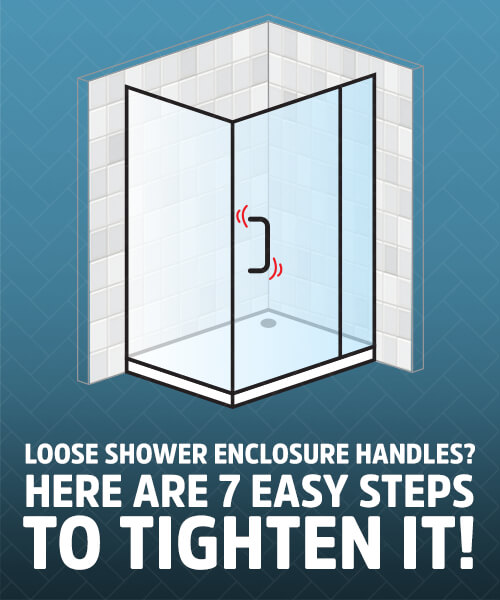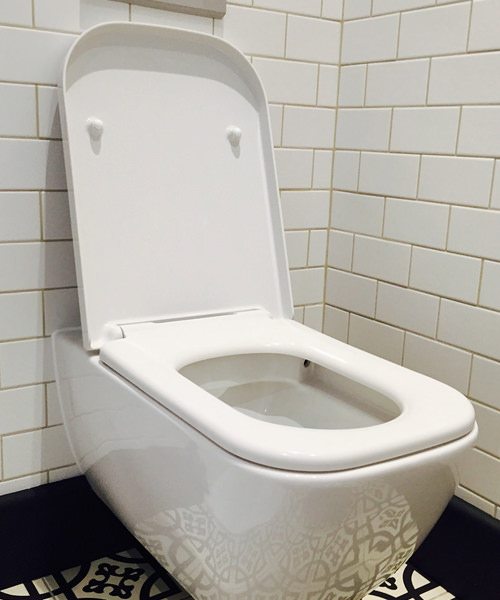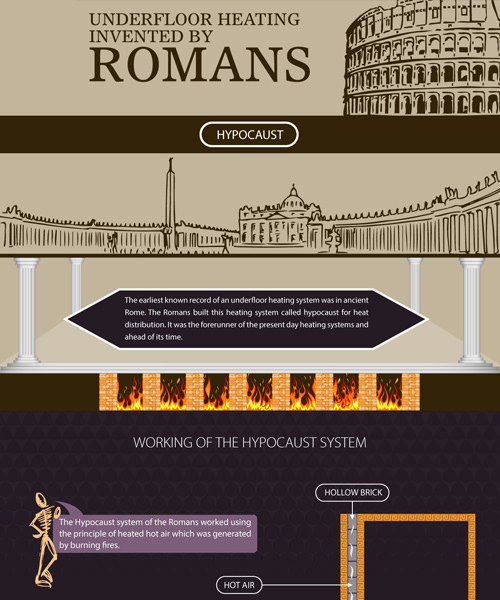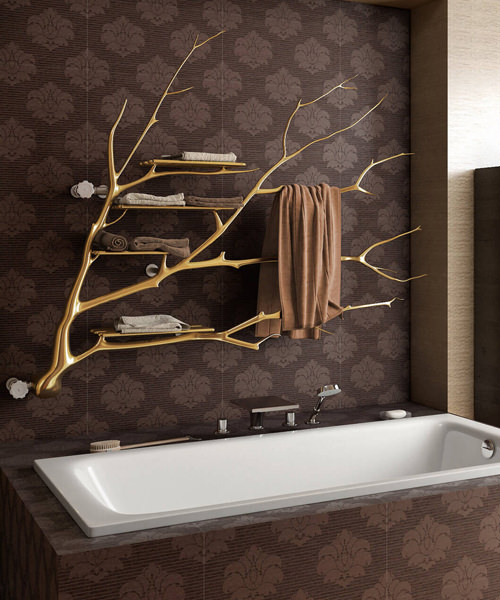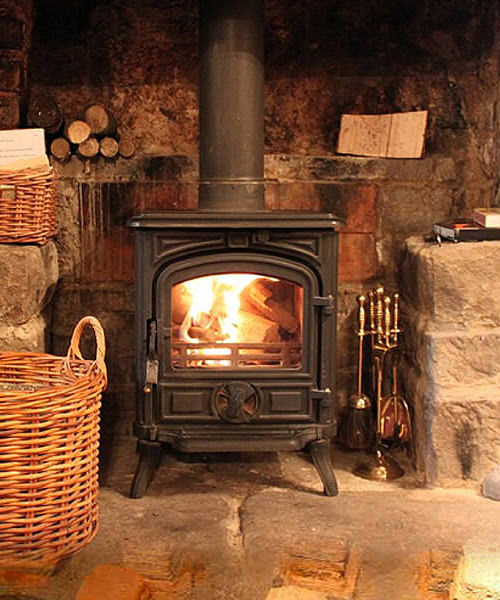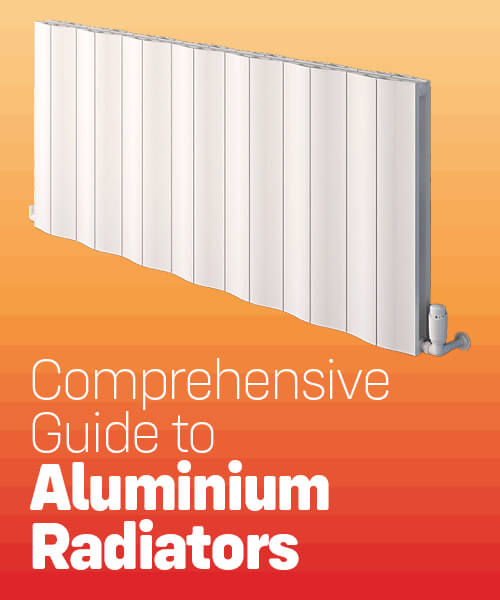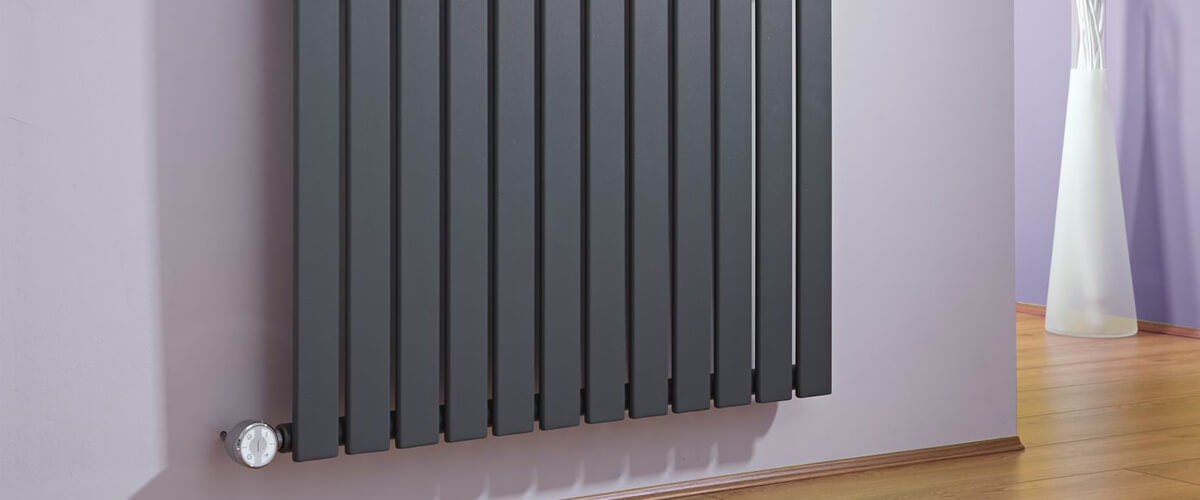
Single Panel
As the name hints, a single-panel compact model makes use of one panel, an area where the water will circulate to provide heat. Although not very efficient as other models, single-panel radiators are used when there is a minimal amount of space (they are quite thin). These are also aesthetically pleasing as opposed to the bulkier double-panel models.
The Double Panel
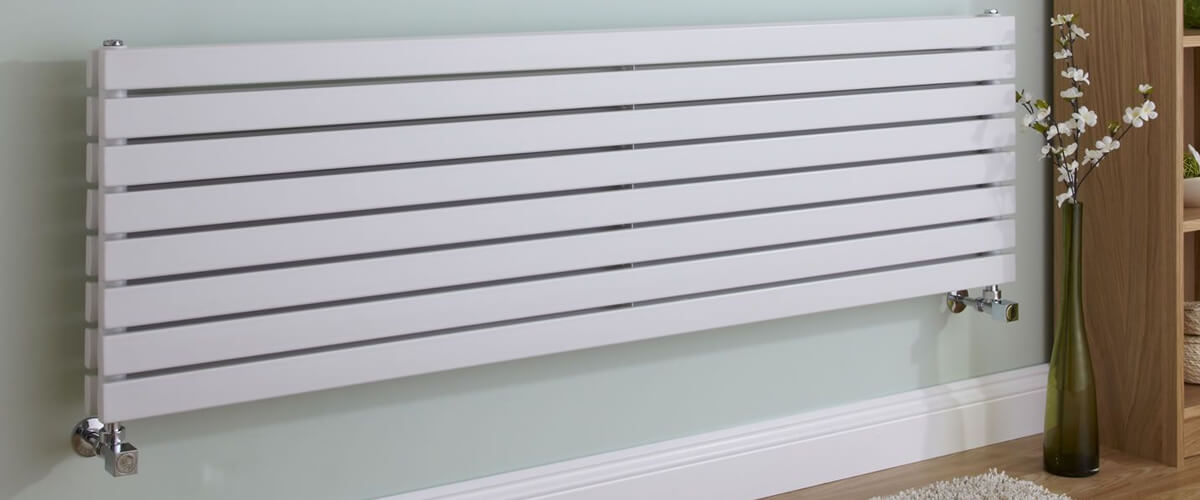
A double-panel version makes use of two heating panels that face one another. The primary benefit associated with this type is the surface area involved; therefore, much more heat will be generated while the space required is slightly more. This is beneficial should you desire to heat a larger room. The storage tanks will also hold double the amount of water to be circulated. It is much quicker to allow the feeling of warmth that is emitted.
Smart Radiators
In our connected world, our homes have become smarter, with appliances, lighting, entertainment, and security all linked either by Wi-Fi, Bluetooth, or voice activation. Compact radiators are no exception.
Smart electric radiators are becoming the norm in households and offices because they're an energy-efficient way of heating your immediate environment. And talking of the environment, intelligently controlled consumption of electricity and other forms of energy are planet friendly and reduce our overall carbon footprint. Households can contribute enormously to reducing greenhouse emissions of our fast-warming planet.
Even radiator valves are smart these days. A smart radiator valve allows homes to regulate the flow of hot water circulating in the radiator. More than one radiator in the room with smart valves means they can be synchronised. These valves use two integrated temperature sensors to measure the room's temperature. They then compare the temperature with the setting stipulated by the homeowner to control the flow of hot water into the radiator to reach the desired room temperature. Smart radiator valves use Wi-Fi to communicate with the household Internet and usually are programmed to ignore hotspots or public Internet access points.
Understanding the Working
Both single and double-panel radiators will use surfaces commonly known as convector fins. It was found that a larger surface area would allow the appliance to heat a room more efficiently (and therefore reduce energy costs). Convector fins are simply a set of convoluted metal fins that are welded to the heating panels (the tanks). They will heat up uniformly, and due to the increased surface provided by these fins, the heat will escape more rapidly into the surrounding area.
Which Size Radiator is best?
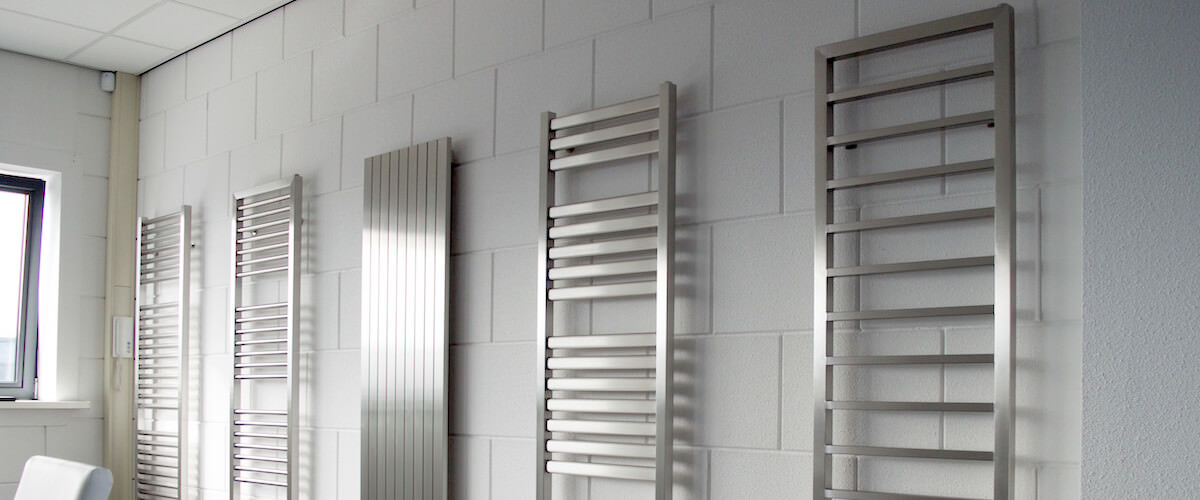
This is a tricky question, and the answer (besides aesthetics) will involve the amount of BTUs that the compact radiator supplies. A BTU is also known as a British thermal unit. All technicalities aside, this is simply a measurement of how much heat is given off. So, it is clear that larger rooms will require more heat to remain comfortable, and products at our online store are supplied with this rating. It is then a good idea to consult with a heating professional to determine if this figure can accommodate the needs of a given room.
Why Compact Radiators?
Easier fits
Compact Radiators are easier to fit into modern rooms. Now that the average new build is only 76 square metres, space is at a premium, and the old designs that sacrificed wall space indiscriminately to increase exposed surface area are inappropriate. While featuring modern space-saving designs, these also increase surface area by providing another double-sided panel and have more heat-maximising tricks available.
Efficient
The double-panel design encourages a column of warm air to form in the middle of the appliance, which drives convection currents and heats the room much more quickly. Many designs also feature convector fins in this space, further increasing the heat that can be transferred into the room over a short time. This means that this type emits more than double the British Thermal Units (BTUs) of comparable single radiators, making it cosier.
Which Model to Choose? Round Tops or Traditional Models?
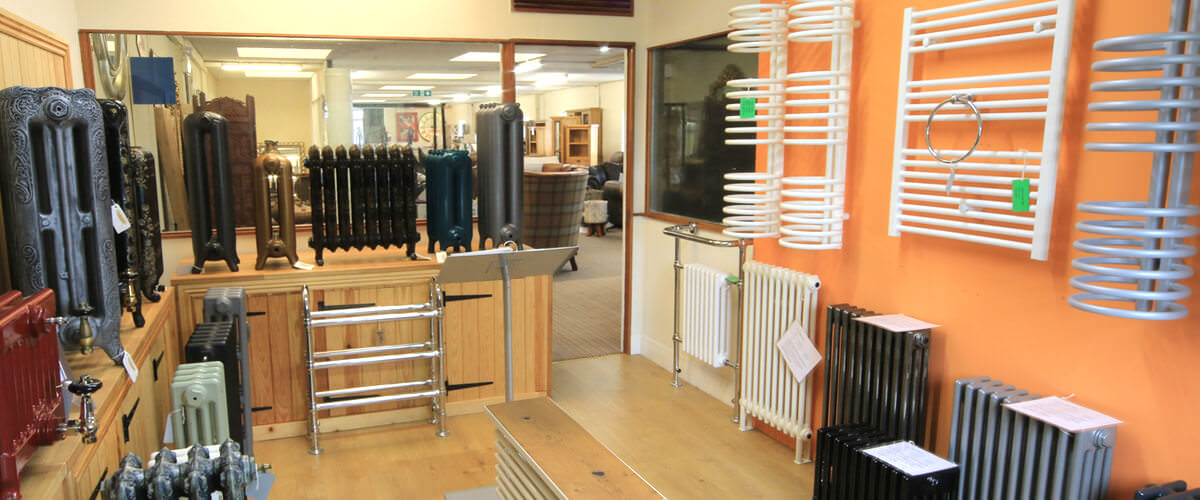
It is common for many compact radiators to offer you the option of a unit equipped with what is known as a rounded top. Rounded tops do not contain any grilles across the sides, or the upper surface and the convector fins may be slightly more visible.
Moreover, it is common for compact versions to be offered in standard white to suit most existing decors. However, manufacturers also provide other hues, such as beige and off-white. As the bulk of these units can be fitted into an existing central heating system, installation is quite simple.
The only downside to a compact radiator is the dust. It gets collected on the inside of the unit (as there is a grille to hide the convector fins in most models besides rounded tops). This can be difficult to clean, and thus adding a radiator cover will prevent the dust from settling down inside the grille. However, the dust will not detract from the heating capabilities of the compact radiator itself.
All building and DIY projects tend to go over time and budget, but with a little careful planning, you can avoid the most common pitfalls. Remember to calculate labour costs if you are paying a professional to install your new radiator. Know more about the range we offer on Compact Radiators.

